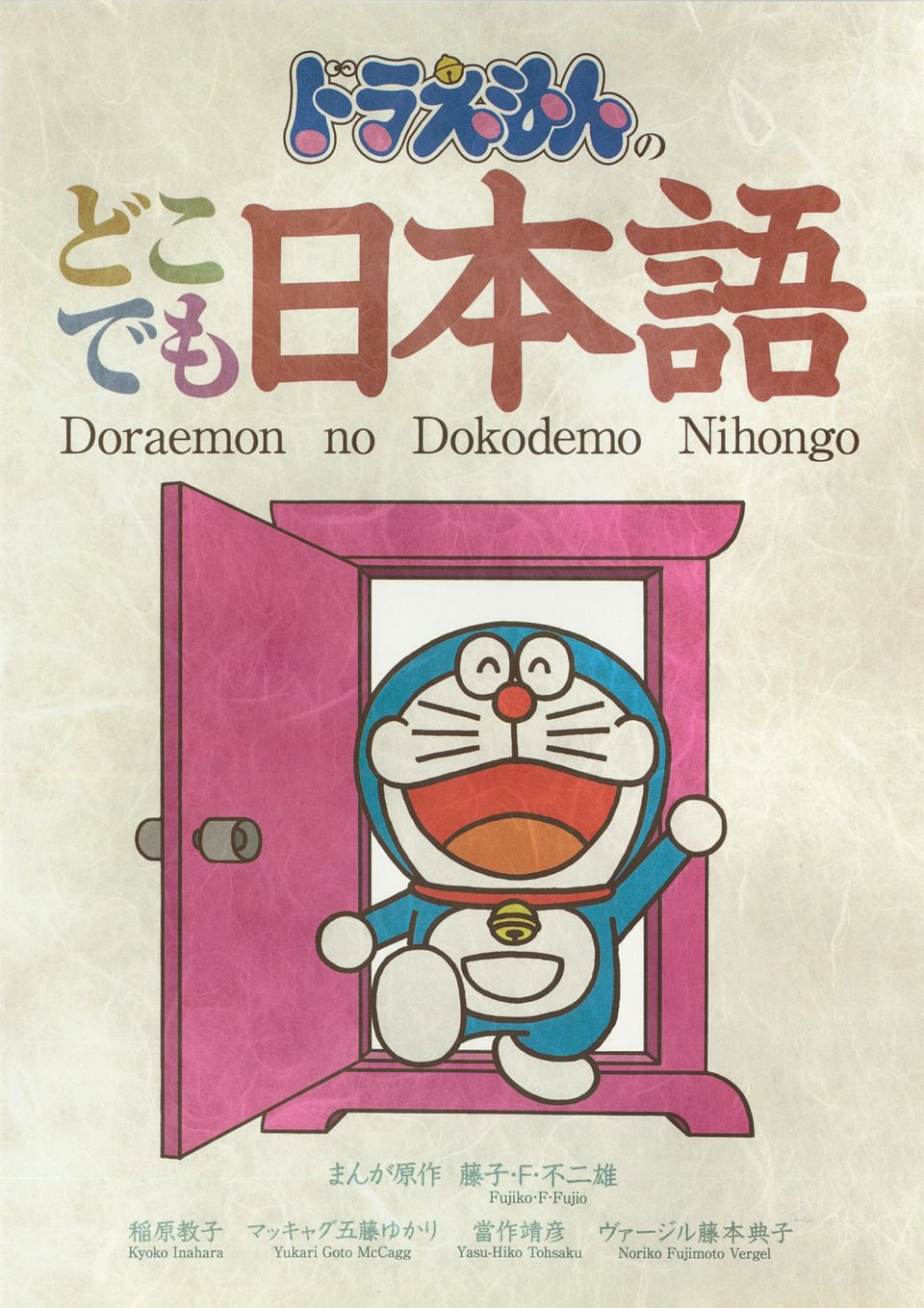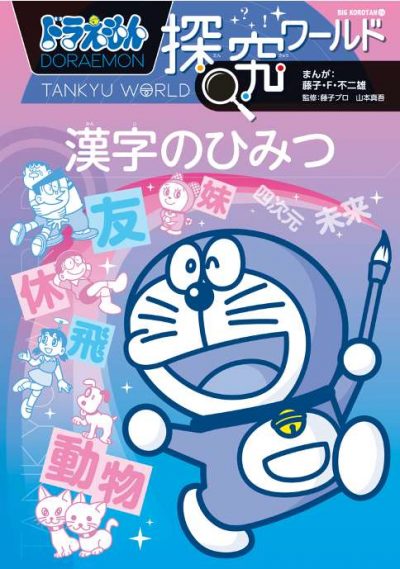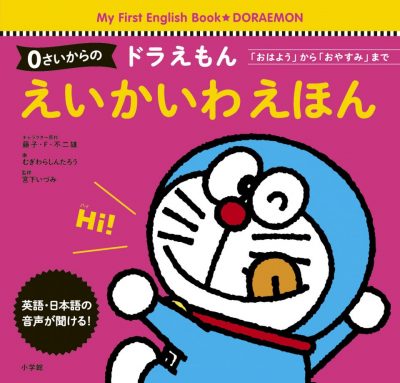
My Japanese Books
Teaching My Daughter to Speak Better Japanese than Me


“Ama-chan”—this is Laura’s nickname for her daughter, Amara. Attaching the cute and familiar “chan” to a girl’s name may be a custom particular to Japan, but for someone who’s been there as many times as Laura has, it’s a natural habit to form. But it doesn’t stop there—Laura is raising her only daughter to become familiar with the culture so intently that language at home is restricted to Japanese. “I really want my daughter to be much more fluent in Japanese than I am,” she explains. “I want her to have a broad outlook on life that can only come through having a thorough knowledge of multiple world cultures. Even Amara's favorite books we read aloud together before bedtime are in Japanese. She loves Japanese picture books, DVDs, and toys, and has recently started being interested in the Doraemon TV series.”
Because her daughter is interested in the lovable robot-cat Doraemon, Laura picked up a copy of Doraemon’s Anywhere Japanese from New York’s Kinokuniya bookstore. “The book follows the typical lifestyle in Japan and the usage of the language is really interesting. Plus, it features Doraemon manga, so it’s easy to understand! The dialogues are a little advanced for a six-year-old language learner, but I think she’ll definitely grow into them as she grows older.” The photograph below shows Laura and Ama-chan with Shinto attendants at the New York Japan Society's Shichi-Go-San, a festival celebrating children aged three, five, and seven.

Every Saturday, Ama-chan goes to Japanese school to further her studies of the language. Since the time she started attending she’s made many Japanese friends. For her mother, playing while learning real-life Japanese is the absolute ideal. “It makes me think of my experience living in Japan for the first time in college,” Laura explains. “Although I had a foundation in the language from what I studied in America, I realized first-hand just how complex and nuanced Japanese was when I had to live, study, and work there. Japanese is profoundly difficult. But once I understood that, I was even more drawn to the language and the culture, and decided to set myself on a path toward a career as a curator of Japanese art. I truly think that to speak a foreign language fluently, it is essential to obtain a deep knowledge of the customs and culture; and for Japanese that takes a very long time.”

Doraemon’s Anywhere Japanese
Learning real-life Japanese through manga
I think using manga to learn Japanese is a great way to keep language learning fun, and to keep children engaged and motivated. For someone like me who has studied abroad several times and has lived in cities like Kyoto and Kanazawa, the lifestyle, customs, and annual festivals of Japan depicted in manga feels real and nostalgic. This book brought back memories of my first time living in Japan, the things I discovered, and the surprises and cultural connections I experienced.
(Laura J. Mueller)
Reported by Junko Takaku. Edited by Yu Fujita. Translated by Devon Menuez.






